The first time a president went to … (in photos)
- Oops!Something went wrong.Please try again later.
- Oops!Something went wrong.Please try again later.
- Oops!Something went wrong.Please try again later.
- Oops!Something went wrong.Please try again later.
- Oops!Something went wrong.Please try again later.
- Oops!Something went wrong.Please try again later.
A version of this story appears in CNN’s What Matters newsletter. To get it in your inbox, sign up for free here.
It was a shorter distance through US history from the White House to the Soviet Union or North Korea than to an autoworkers picket line in Michigan.
Presidents like to be the first to do something, particularly if it offers them an historic photo opportunity.
President Joe Biden added a presidential first when he joined an United Auto Workers picket line of a General Motors facility in Michigan on Tuesday.
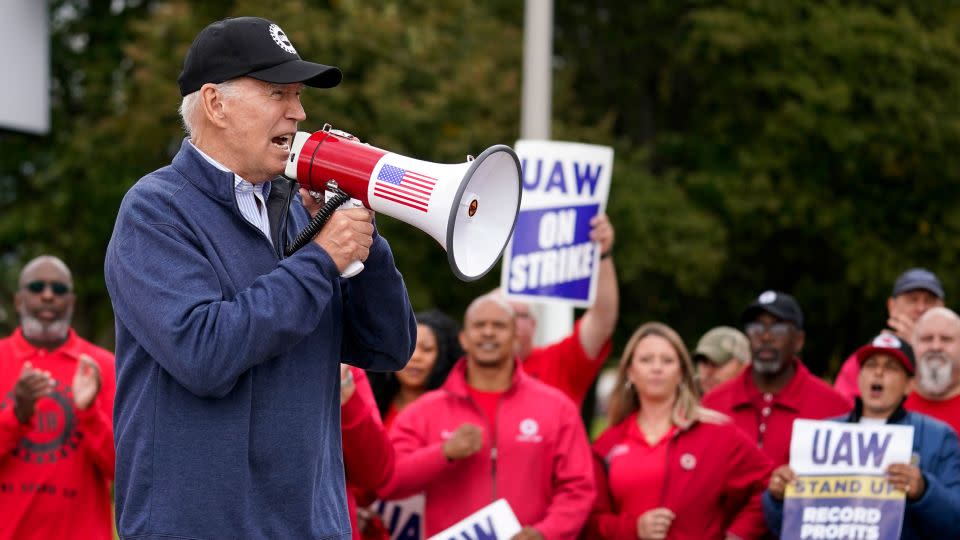
In this case, Biden is happy to be seen as the labor-friendly president as he duels with former President Donald Trump for the pivotal support of union workers in Michigan and other key states.
Previous presidential firsts were wrapped in other events.
The first US president to visit the Soviet Union was Franklin D. Roosevelt, who took part in the Yalta Conference in 1945 with Soviet Premier Joseph Stalin and British Prime Minister Winston Churchill. The goal was for the Americans, the Soviets and the British to organize post-war Europe. (Yalta, a resort town and part of Crimea, was invaded by Russia in 2014.)
No president would visit the Soviet Union again until Richard Nixon traveled to Moscow in 1972, when he and Soviet General Secretary Leonid Brezhnev reached agreements, including to limit nuclear weapons.
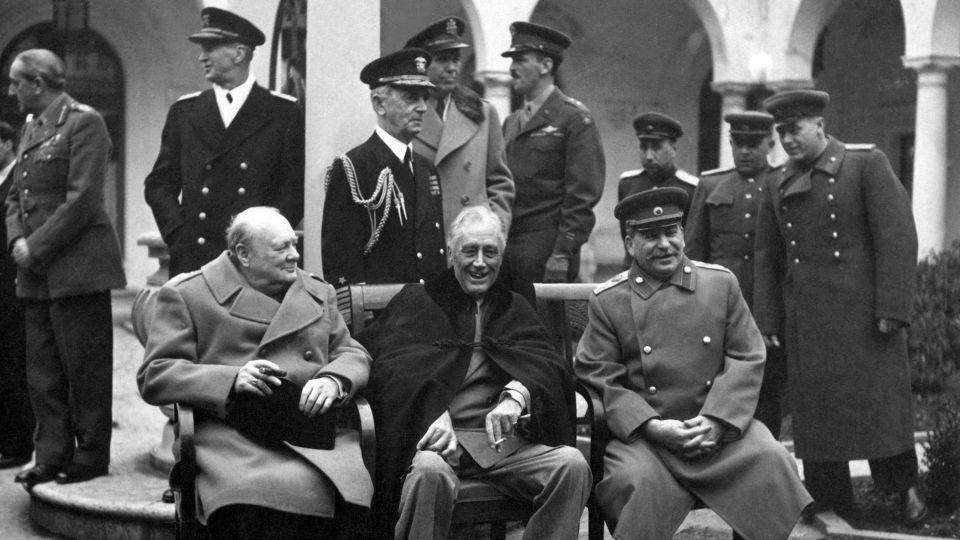
Some firsts require physical travel. Harry Truman was the first president to travel, in a sense, into American living rooms. He gave the first televised presidential address in 1947 as he pitched the Truman Doctrine to the American people from the Diplomatic Reception Room of the White House.
He argued in favor of large investments in a massive aid program for Greece and Turkey, which were dealing with displaced populations and food shortages. Read more from the National Archives. That effort resonates today as American lawmakers consider sending ever more aid to Ukraine.
Honorable mentions: In 1922, Warren Harding became the first president to be heard on the radio. In 2015, Barack Obama was the first president to post on Twitter, now known as X, although Trump clearly revolutionized the use of social media from the Oval Office.
Obama was also the first sitting president to appear on a late-night comedy program as president in 2016, although John F. Kennedy appeared on the Jack Paar show as a presidential candidate in 1960.
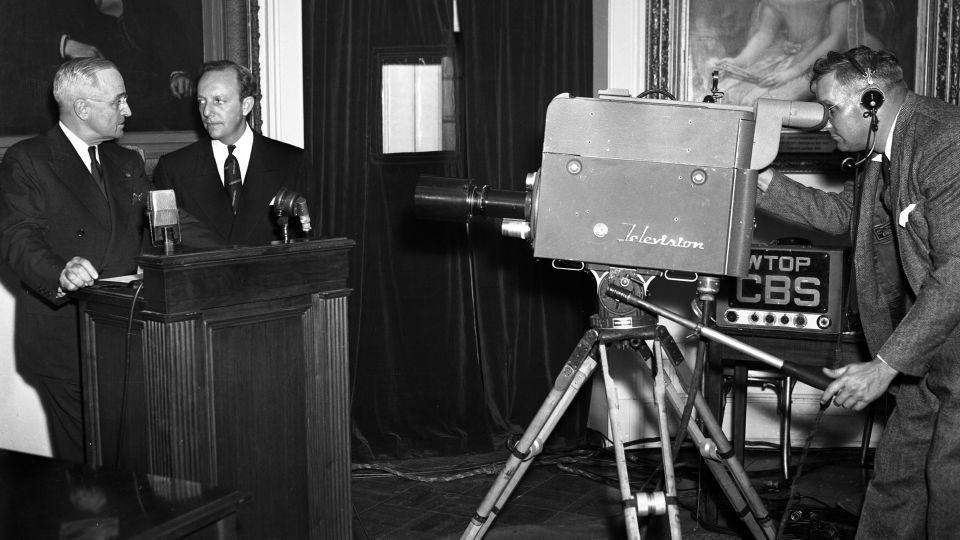
Presidents have traveled to war zones. Most recently, Biden traveled this year to Ukraine to show support for that country’s effort against Russia’s 2022 invasion.
These are largely controlled affairs, nothing like the time in July 1864 when Abraham Lincoln became the only known sitting US president to come “under direct fire from an enemy combatant,” according to the National Park Service.
Confederate troops were threatening Washington, and Fort Stevens was part of a network of fortifications meant to protect the nation’s capital. Lincoln climbed to the top of a parapet to watch the battle and was fired upon. The future Supreme Court Justice Oliver Wendell Holmes Jr. was on site as a young officer and, according to the Park Service, offered this advice to Lincoln: “Get down, you damn fool!”
A more typical example of a president visiting a war zone is pictured below. Lyndon B. Johnson, as president, visited troops deployed to Vietnam in 1966. Biden recently made his first presidential trip to Vietnam, which is still a communist country, and visited a memorial to John McCain, the late Republican senator who was held for years as a prisoner of war there.
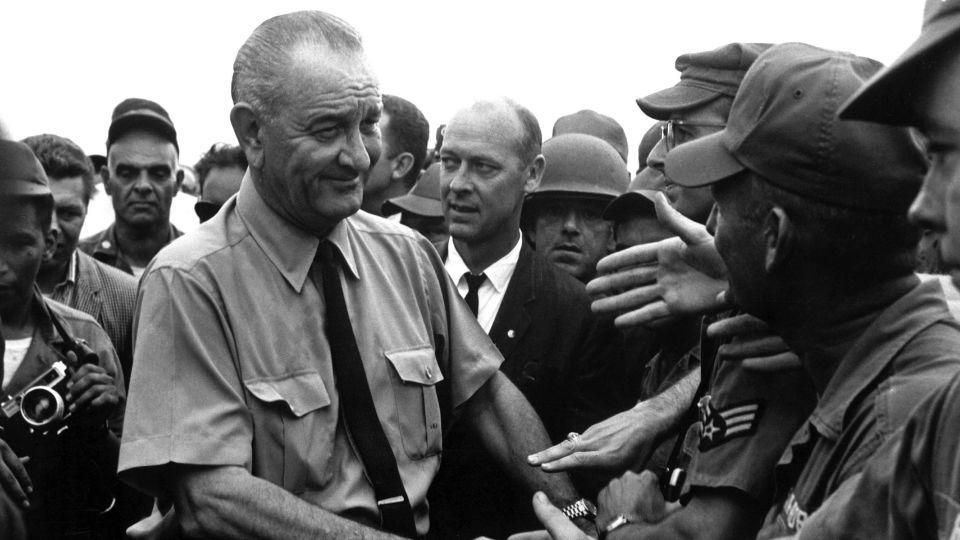
It wasn’t until 1906 that a sitting US president left US soil, when Theodore Roosevelt went to see construction of the Panama Canal.
Subsequent presidents have traveled quite a bit. Franklin Roosevelt was the first to cross the Atlantic on a plane while in office in 1943. The multiday journey involved traveling first to the Caribbean and then Brazil and then across the ocean to Gambia.
Nixon was the first US president to visit China, in what historians still view as a pivotal moment in world history.
As CNN’s Simone McCarthy noted last year for the 50th anniversary of the trip, it “would open the door for the formation of diplomatic relations between the world’s richest country and its most populous” and “also reshape the world order as it was known: shifting the power dynamics of the Cold War and playing a part in China’s transition from impoverished isolation to a new role as a growing global power broker and economic partner to the United States.”
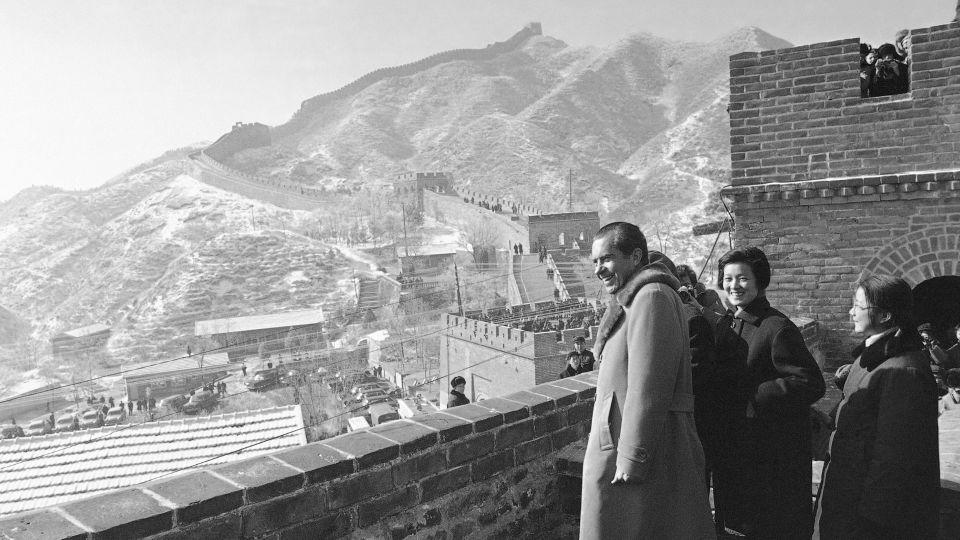
Hopefully George W. Bush is the first and only president to visit the site of a major terror attack on US soil days after it is committed. But his appearance at Ground Zero in New York City on September 14, 2001, will always be the most important image of his presidency.
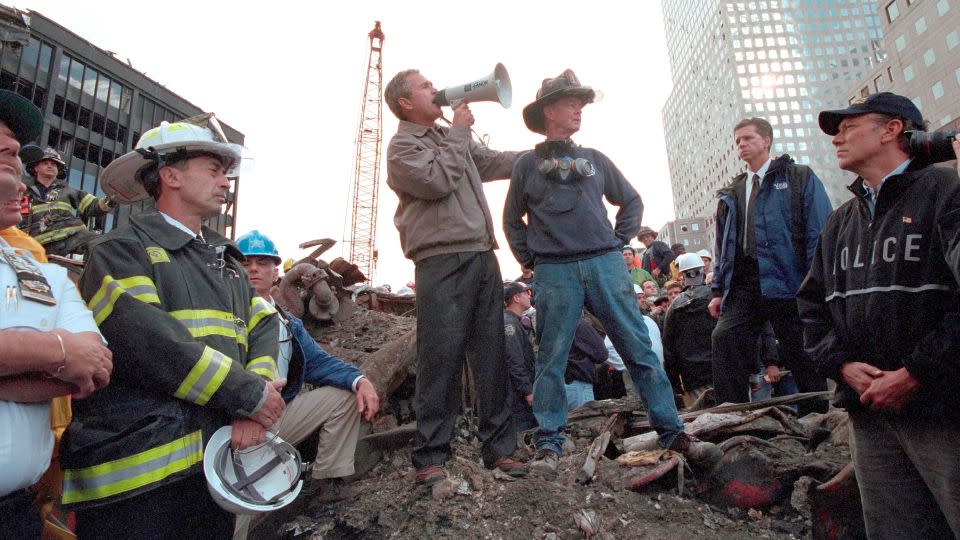
Nixon went to China. He went to the Soviet Union. He went to Vietnam. He did not go to Cuba, the communist country off the coast of Florida.
Obama, who sought to normalize US relations with Cuba, was the first US president to visit the island nation in 2016 since Calvin Coolidge in 1928.
Trump later reversed elements of Obama’s Cuba policy.
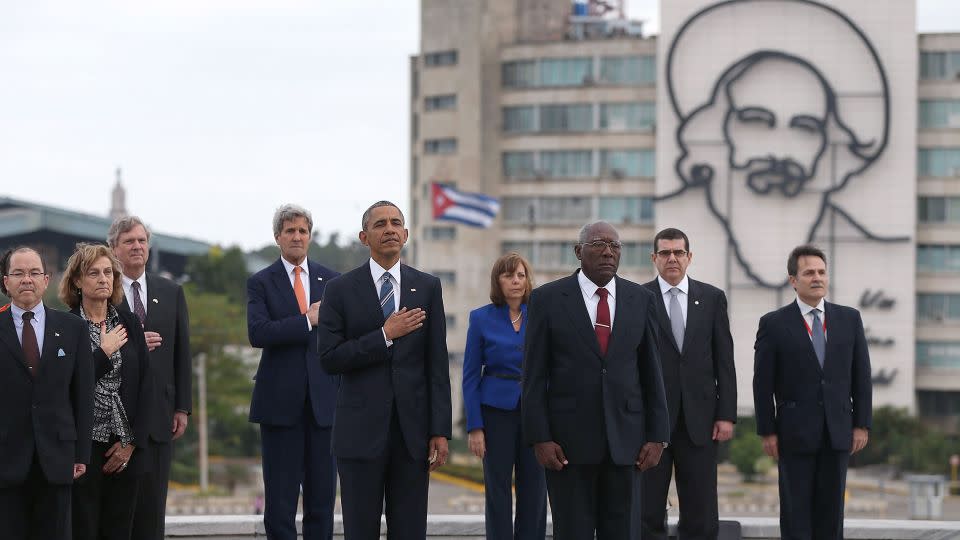
Bush and Republican presidents before him, while hoping to count on the votes of anti-abortion activists, never visited the annual March for Life rally in person.
In 1988, Ronald Reagan called in. So did George W. Bush years later. Not Trump. He traveled outside the White House and made the short trip to the National Mall to address activists in 2020. So it is fitting that Trump nominated the three justices that gave social conservatives a controlling majority on the Supreme Court to end nationwide abortion rights and give states the ability to outlaw abortions.
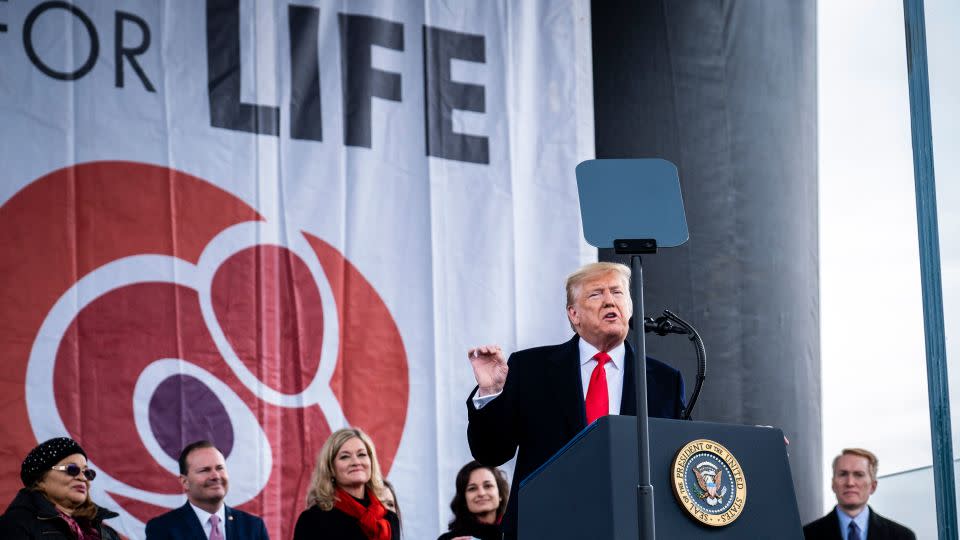
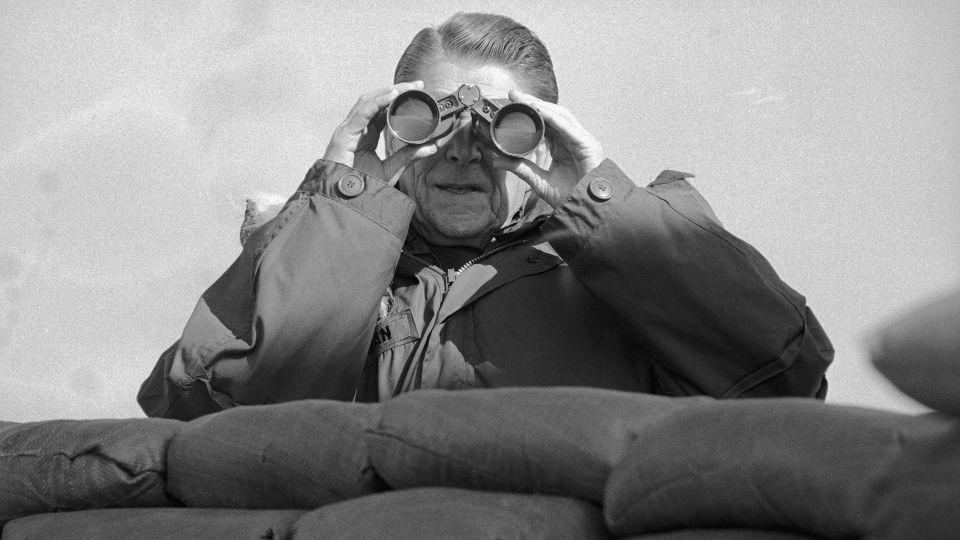
There is some jeopardy in being the first president to do something. Trump played up his letter-writing relationship with the North Korean dictator Kim Jong Un. His meeting with Kim in 2018 at a summit in Singapore was clearly an historic event. A year later, Trump and Kim shook hands over the Demilitarized Zone between North and South Korea.
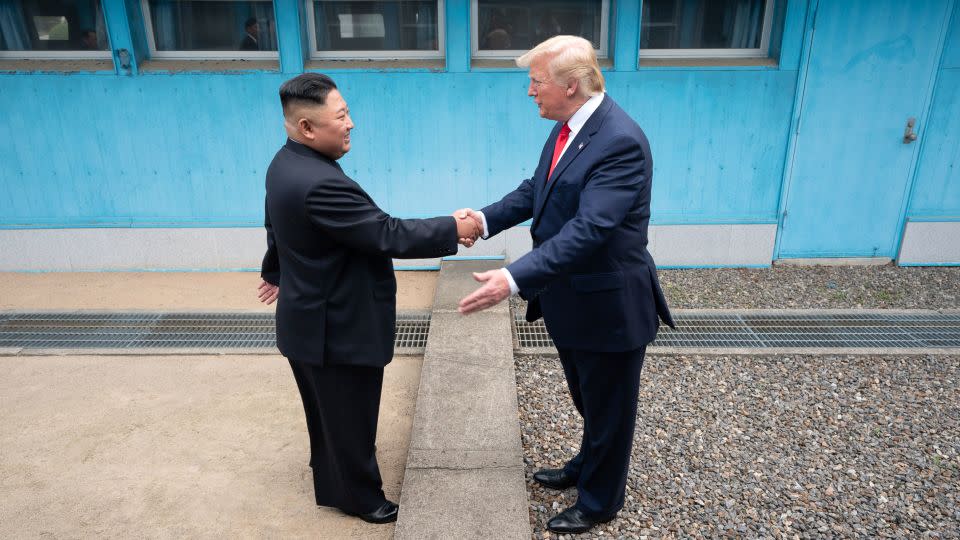
Previous presidents had only managed to look across the DMZ with binoculars. Trump’s relationship with Kim, however, failed to yield a lasting agreement when their final summit in Vietnam in 2019 fell apart.
For more CNN news and newsletters create an account at CNN.com

